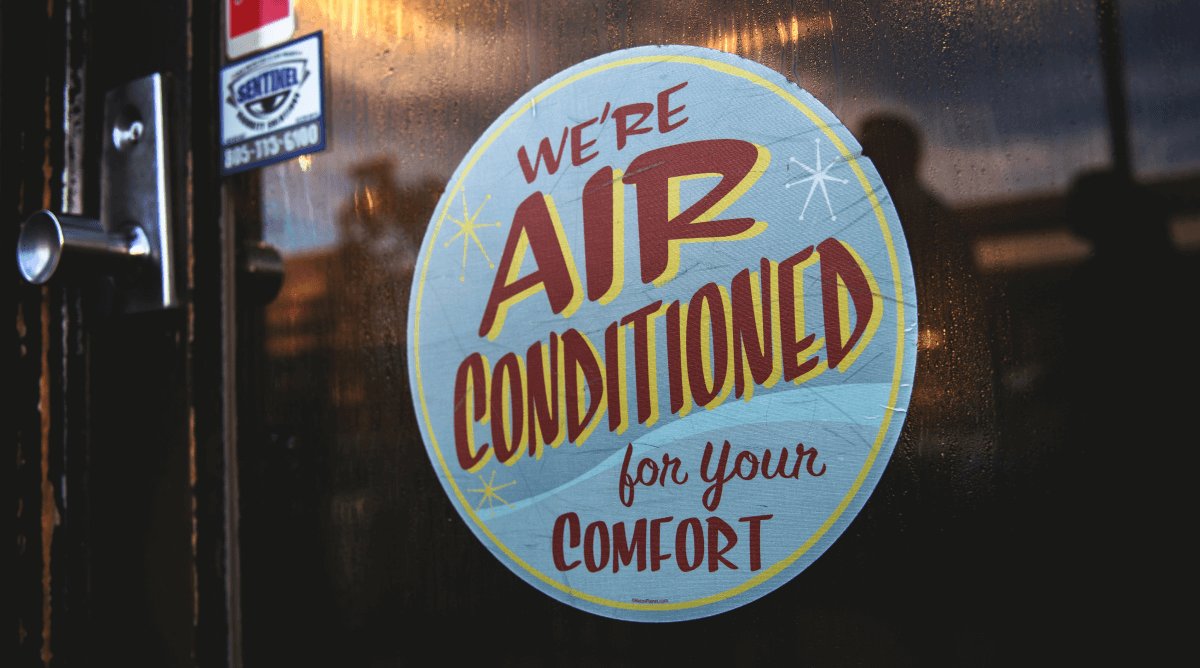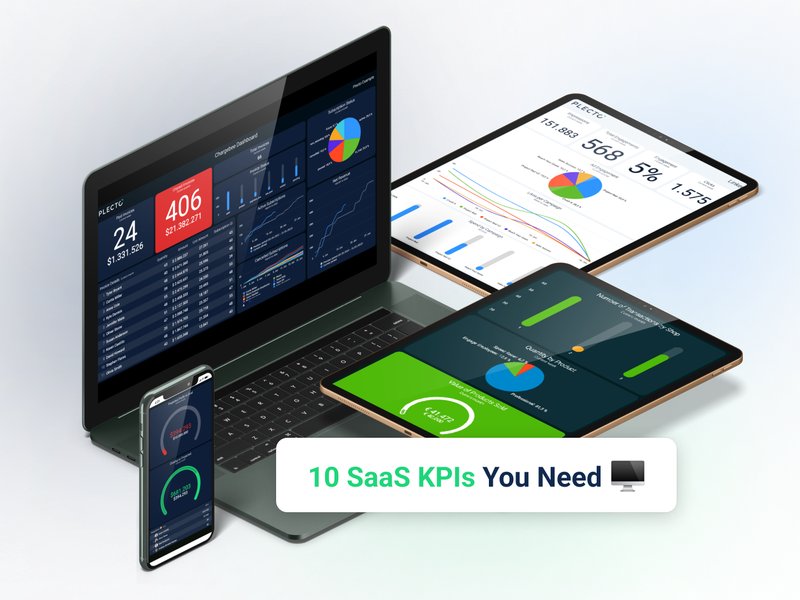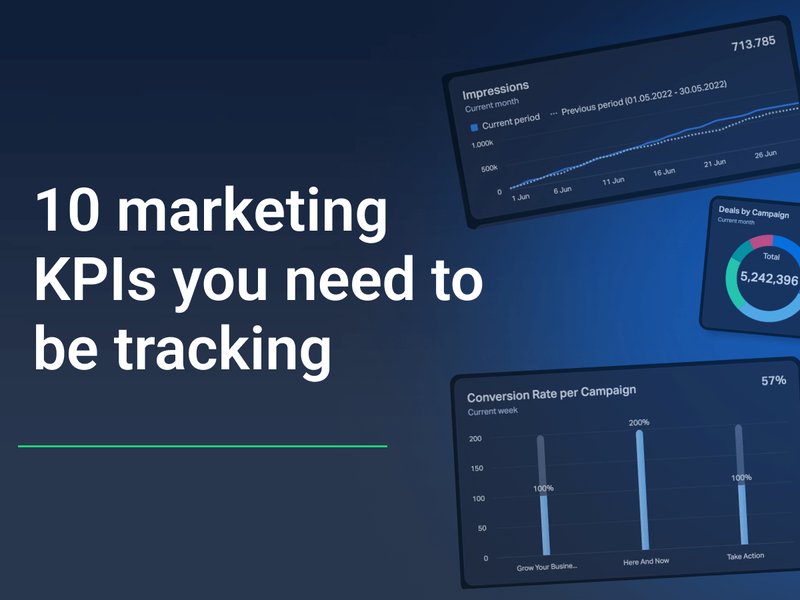Every industry needs KPI tracking, and HVAC/home services firms are no exception. KPIs, or key performance indicators, are commonly used measurable values that indicate how effectively companies (and individuals and teams within them) reach certain business objectives. Relevant KPIs for the HVAC industry will focus particularly on revenue inflow, customer satisfaction, and operational efficiency—all vital components of running a successful company where high-quality service and personal relationships with customers are paramount objectives.
With that in mind, here are 12 key KPIs your HVAC firm can use to track progress, monitor performance, increase customer satisfaction, and drive growth!
Sales
Tracking your sales performance gives you a firsthand look at the quality of your technicians’ work, as well as how successful you are at marketing your company’s success. Use Revenue Growth Rate and other sales metrics not only to track raw data, but also explore and expand your market niche.
1. Revenue Growth Rate
This KPI measures how much your company’s revenue has increased within a given timeframe. This is a key metric to stay on top of because it paints a picture of your company’s overall financial health. Crucially, it also indicates revenue fluctuations in specific periods—for example, more frequent AC repairs in the summer months will drive significant revenue during this period compared to others. Knowing your Revenue Growth Rate will help you identify patterns in your revenue over time, detect anomalies in your revenue stream, and allocate needed resources in periods of anticipated high revenue growth.
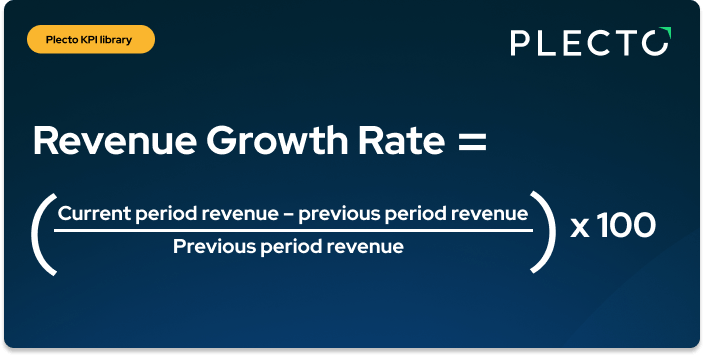
Jobs
Your customer jobs are the lifeblood of your HVAC/home services business. Tracking your current jobs and their associated revenue, especially on digital dashboards, will help you optimize your technician dispatches, evaluate your job pricing, and encourage employee accountability and personal growth.
2. Total Job Cost
This is one of the most important KPIs for home service providers, as it allows you to find the impact of services and price jobs on your profit. The process for determining Total Job Cost is called job costing, where you add the costs of direct job materials and expenses, direct labor costs, and estimated overhead.
To determine profitability, simply subtract your Total Job Cost from your revenue. A positive result indicates an ideal pricing scheme—but a negative result means it’s time to increase your Total Job Cost. With this in mind, it’s easy to see why this KPI is so valuable for establishing a viable pricing model for your services.
3. Average Hours per Job
This KPI is pretty self-explanatory, but it reveals important trends and helps track employee performance. While quality of work should take precedence over speed, you obviously don’t want to spend too much time on jobs and frustrate your customers! Monitoring this KPI long-term can therefore help your technicians reduce time spent on the job without sacrificing quality, especially if you decide on smaller goals in time reduction to achieve by certain dates.

4. Effective Bill Rate
Effective Bill Rate (EBR) is the average rate at which a company charges for its services per billable hour. A critical metric for evaluating your company’s pricing strategy, EBR allows you to determine how to best allocate your resources and price your HVAC services. Find your EBR by dividing the total revenue derived from billable hours by the total number of billable hours.
5. Jobs by Type
Nowadays, many Home Service businesses offer many solutions, so it can be useful to track the different jobs on hand. Plumbing, heating, AC, gardening—you can measure any type of service your business offers with this metric, ideally on digital dashboards. With the knowledge of the number and type of jobs you have at one time, you can better allocate resources across your company as needed.
6. Number of New Jobs
Last but not least, Number of New Jobs. A “short and sweet” KPI that optimizes organization and time management, it counts the number of jobs your company needs to do. You can also use this KPI for keeping track of other tasks such as customer consultations, catching up on bills and budgets, meetings booked, phone calls, or anything else you deem relevant. Regardless of the particular jobs and/or tasks you decide to use this KPI for, keeping track of them, and then marking them off as done, can always come as a relief!
Customer Service
Not only are trust and responsibility essential values of any HVAC/home service company—they’re arguably the most important, the foundation on which the industry is built. Maintaining strong relationships with your customers isn’t only based on “vibes” alone, but instead is something that can be quantified. Use these and similar KPIs to track your customer service over time, so you can immediately address issues when they arise.
7. Customer Satisfaction
An all-important metric for any home service business, Customer Satisfaction (or CSAT) is a measure of just that. Find CSAT by distributing a survey to your customers, asking them to rank how happy or satisfied they are with your service on a scale of 1-10 (or 1-5), with “satisfied” customers counted as those with a score of 8-10 (or 4-5). Divide the number of “satisfied” respondents by the total number of respondents, and multiply by 100 to obtain your score.
In the digital age where online reviews and recommendations can make or break your business, staying on top of your CSAT is one of the best things you can do to ensure you remain competitive in the marketplace, and retain the loyalty of the satisfied customers you already have.
Finally, a good supplement or alternative to CSAT is NPS, or Net Promoter Score. This well-known KPI allows you to find the percentage of your customers likely to recommend your product or service to others.
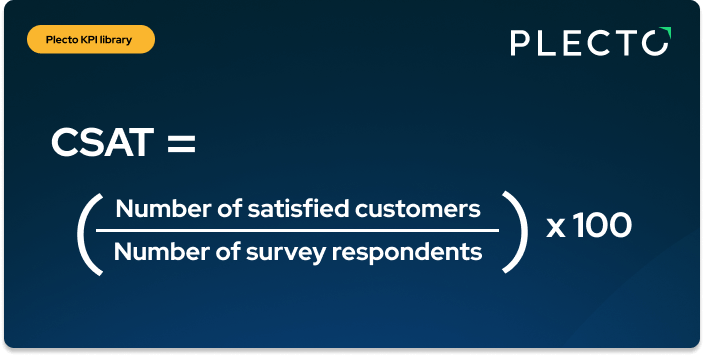
8. Calls Booked
The number of phone calls you’ve reserved and have waiting, this simple KPI can nonetheless pack a punch, reminding you of the calls you’ll need to attend to soon and prepare for accordingly. Tracking Calls Booked over time can also be a fantastic way to monitor long-term trends in customer engagement.
9. Call Abandonment Rate
Call Abandonment Rate, or the percentage of customer calls abandoned by the caller before a support agent is reached, can occur for a variety of reasons. Some aren’t necessarily bad: the customer may have been unintentionally disconnected, or figured out the issue on their own.
However, it’s often the case the customer has realized something just isn’t working right with the inquiry resolution process. The wait time might be too long, the IVR menu too complicated, or the support team ineffectual. For these reasons, you can think of this as a “negative” KPI, as it’s often a measure of customer dissatisfaction. Monitoring your Call Abandonment Rate allows you to spot issues with customer service when they appear, and resolve them as quickly as possible for smoother and more effective future service.
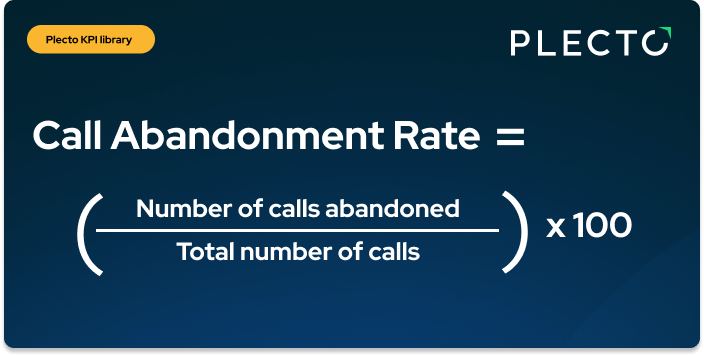
Finance
Finance KPIs are vital for monitoring the overall health of your business. At the end of the day, your finance KPIs directly reflect your other metrics. Are your sales up? Are the jobs coming in? Are your customers happy? You’ll see the answers in your Gross Margin, Accounts Receivable and Payable, OCF, and other, related KPIs.
10. Gross Margin
Gross Margin (also called Gross Profit Margin) is a highly important KPI that tracks the difference between a company’s revenue and its cost of goods sold (COGS). It’s expressed as a percentage of total revenue. Revenue, of course, is the income generated from sales, whereas COGS indicates the cost of all production-related materials and labor. Be aware that standards for ideal Gross Margins will vary between industries–in HVAC, a good Gross Margin is considered 50-55%.
Gross Margin is important primarily because it indicates profitability. The higher your margin, the more revenue you’re retaining. Gross Margin also reveals valuable insights about cost management, pricing strategy, and your company’s overall financial performance.
11. Accounts Receivable and Accounts Payable
Accounts Receivable is the money a customer owes a company but hasn’t paid yet. Meanwhile, Accounts Payable is the money a company owes a vendor but hasn’t paid yet. As an HVAC company, keeping up with these KPIs ensures your customers are paying as they should, and that you’re also honoring your debt obligations to your vendors and suppliers. Monitoring your Accounts Receivable and Payable will help you maintain a healthy OCF (Operating Cash Flow) through the month, allowing you to meet any expenditures that come your way.
12. Operating Cash Flow
Also known as OCF, Operating Cash Flow is the total operating income your company generates daily. “Operating income” refers to daily business expenses such as advertising costs, payroll, and services—but not investments, interest, or capital expenditures. OCF is a great indicator of your company’s financial health, as it demonstrates its self-sufficiency and ability to turn a profit without outside investment. To optimize your OCF, especially in the short term, collect Accounts Receivable as soon as possible, but delay Accounts Payable as late as possible.
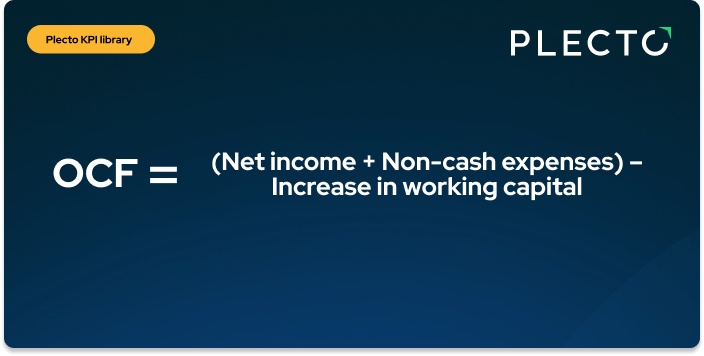
The Plecto difference
Data presented in KPIs can change rapidly, with potentially big ramifications for your business in a short timeframe. So stay on top of your KPIs and encourage employee success with real-time and dynamic dashboards from Plecto.
With Plecto, your HVAC business can:
- Give employees insight about their performance, empowering them to take accountability for their work.
- Highlight which employees are performing the best, spurring on friendly competition between your employees and allowing them to celebrate individual and team accomplishments.
- Boost data transparency, creating a culture of openness and collaboration throughout the workplace.
Sign up here for a 14-day Plecto free trial, or give us a call—and start outperforming in HVAC, today!
